Comprehensive List of Criminal Offences in Canada
From crimes against the person to offences against property, the Canadian criminal code encompasses a vast range of violations that can result in serious consequences. Whether you’re a Canadian citizen or an immigrant, it’s essential to have a comprehensive understanding of the various offences defined by the law.
Knowing the different categories and types of criminal offences in Canada can help ensure compliance with the law and promote public safety and order. In this article, I will provide you with a comprehensive list of criminal offences in Canada, shedding light on the breadth and depth of Canadian criminal law.
Key Takeaways:
- There are numerous criminal offences in Canada, covering a wide range of activities and behaviors.
- Offences against the person include crimes like murder, manslaughter, and sexual assault.
- Offences against property involve crimes such as theft, break and enter, and arson.
- Offences against the administration of justice pertain to actions that obstruct the legal system.
- Other offences encompass drug-related crimes, impaired driving, and prohibited weapon offenses.
Offences against the Person
Offences against the person encompass a wide range of criminal charges in Canada. This category includes serious indictable offences such as 1st degree murder, 2nd degree murder, manslaughter, and infanticide. These crimes involve the taking of a human life and are considered the most severe under Canadian criminal law.
In addition to these offences, there are other crimes against the person that fall under this category. For instance, sexual assault Level 3 (aggravated) and sexual assault Level 2 (with a weapon or causing bodily harm) are considered grave offences that cause significant harm to the victim. Assault Level 3 (aggravated assault) and Assault Level 2 (with a weapon or causing bodily harm) are also included in this category and involve the intentional infliction of harm on another person.
Children are particularly vulnerable to crimes against the person, and Canadian criminal law recognizes this. Indictable sex offences against children, which encompass various crimes, such as child sexual exploitation and child pornography, are considered offences against the person. Moreover, offences like kidnapping, abduction, hostage-taking, and forcible confinement, where individuals are unlawfully deprived of their liberty, also fall under this category.

Offences against Property
When it comes to types of crimes in Canada, offences against property encompass a wide range of illegal activities. These offences can result in significant financial loss and damage to individuals and businesses. The Canadian criminal law recognizes various offences that fall under this category, including:
- Break and enter: Involves unlawfully entering someone else’s property with the intent to commit a crime, such as theft or vandalism.
- Theft: Refers to the act of taking someone’s property without their consent and with the intention of permanently depriving them of it.
- Posession of stolen property: Involves knowingly having or controlling stolen property, regardless of whether the person was involved in the initial theft.
- Fraud: Encompasses a range of deceptive practices, including false pretences, forgery, and credit card offences, aimed at deceiving individuals or organizations for personal gain.
Furthermore, hybrid offences like theft of property worth less than a certain value are also considered offences against property. Additionally, arson, counterfeiting, and mischief causing damage to property are other examples of criminal acts that fall under this category in Canadian criminal law.

Understanding the different types of offences against property is crucial for individuals and businesses to protect themselves and their assets. Taking preventive and security measures can help in reducing the risk of becoming victims of such crimes.
Offences against the Administration of Justice
Offences against the administration of justice encompass actions that obstruct or interfere with the legal system in Canada. These offences can have severe implications for individuals involved in criminal proceedings, including immigrants.
One common offence in this category is the failure to appear for court. When individuals fail to attend their scheduled court hearings without a valid reason, it disrupts the proper functioning of the legal system.
Another offence against the administration of justice is the obstruction of justice. This encompasses actions that hinder or impede the investigation or prosecution of a criminal offense, such as tampering with evidence or intimidating witnesses. Obstruction of justice is taken very seriously in Canada, aiming to maintain the integrity of the legal process.
Additionally, breaching probation is another offence against the administration of justice. Probation orders serve as an alternative to incarceration, allowing individuals to serve their sentences within the community under specific conditions. Failing to comply with these conditions is considered a breach of probation.
It is crucial to understand and respect the legal system in Canada to avoid committing these offences. Obstructing justice, failing to appear for court, or breaching probation can result in severe consequences, including fines, imprisonment, or deportation for immigrants.
Other Offences
Under Canadian criminal law, there are several other offences covering a diverse range of activities. This category includes indictable offences related to drug offences in Canada, such as drug trafficking and possession of controlled substances with intent.
In addition, this category encompasses offences associated with impaired driving, including impaired driving, driving over the legal limit, and refusing to provide a breath sample. These offences aim to deter and penalize individuals who operate vehicles under the influence of drugs or alcohol.
The category of other offences further includes offences related to explosives, prohibited weapons, and restricted weapons. These offences are crucial for maintaining public safety and regulating the possession and use of dangerous items.
Furthermore, this category extends to offences associated with money laundering and attempts to commit a crime. Criminal activities involving financial transactions and attempts to engage in unlawful behavior are carefully monitored and addressed under Canadian criminal law.
| Offence | Description |
|---|---|
| Drug trafficking | The illegal sale, distribution, or transportation of controlled substances. |
| Possession of controlled substances with intent | The possession of controlled substances with the intention to distribute or sell. |
| Impaired driving | Operating a vehicle while impaired by drugs, alcohol, or both. |
| Driving over the legal limit | Driving with a blood alcohol concentration (BAC) above the legal limit. |
| Refusing to provide a breath sample | Refusing to comply with a request to provide a breath sample for alcohol testing. |
| Explosives offences | Offences related to the illegal possession, use, or transportation of explosives. |
| Prohibited weapons offences | Offences involving the possession, sale, or use of prohibited weapons. |
| Restricted weapons offences | Offences related to the possession, sale, or use of restricted weapons under Canadian law. |
| Money laundering | The process of making illegally obtained money appear legal through various financial transactions. |
| Attempts to commit a crime | Actions taken with the intent to commit a criminal act, even if the act itself is not completed. |
Conclusion
The comprehensive list of criminal offences in Canada showcases the wide-ranging area covered by Canadian criminal law. It encompasses offences against the person, property, administration of justice, as well as other diverse categories. Understanding the different types and categories of criminal offences is vital for ensuring compliance with the law and upholding public safety and order in Canada.
Canadian criminal law aims to address and deter various types of criminal activities, ranging from serious offences like murder and robbery to traffic violations and drug-related offences. By categorizing and defining these offences, the legal system ensures that appropriate measures can be taken to investigate, prosecute, and penalize individuals who engage in criminal behavior.
Having a clear understanding of criminal law in Canada and the examples of criminal offences provides valuable knowledge for both legal professionals and the general public. It allows individuals to be aware of their rights and responsibilities, contributes to a fair and just society, and helps in maintaining peace and order within the country.
- The Role of Police in Community Safety & Unity - October 6, 2025
- Quebec Police Officer Salary Insights 2023 - July 13, 2025
- Canada Arrest Protocol: What Police Say Upon Arrest - June 12, 2025
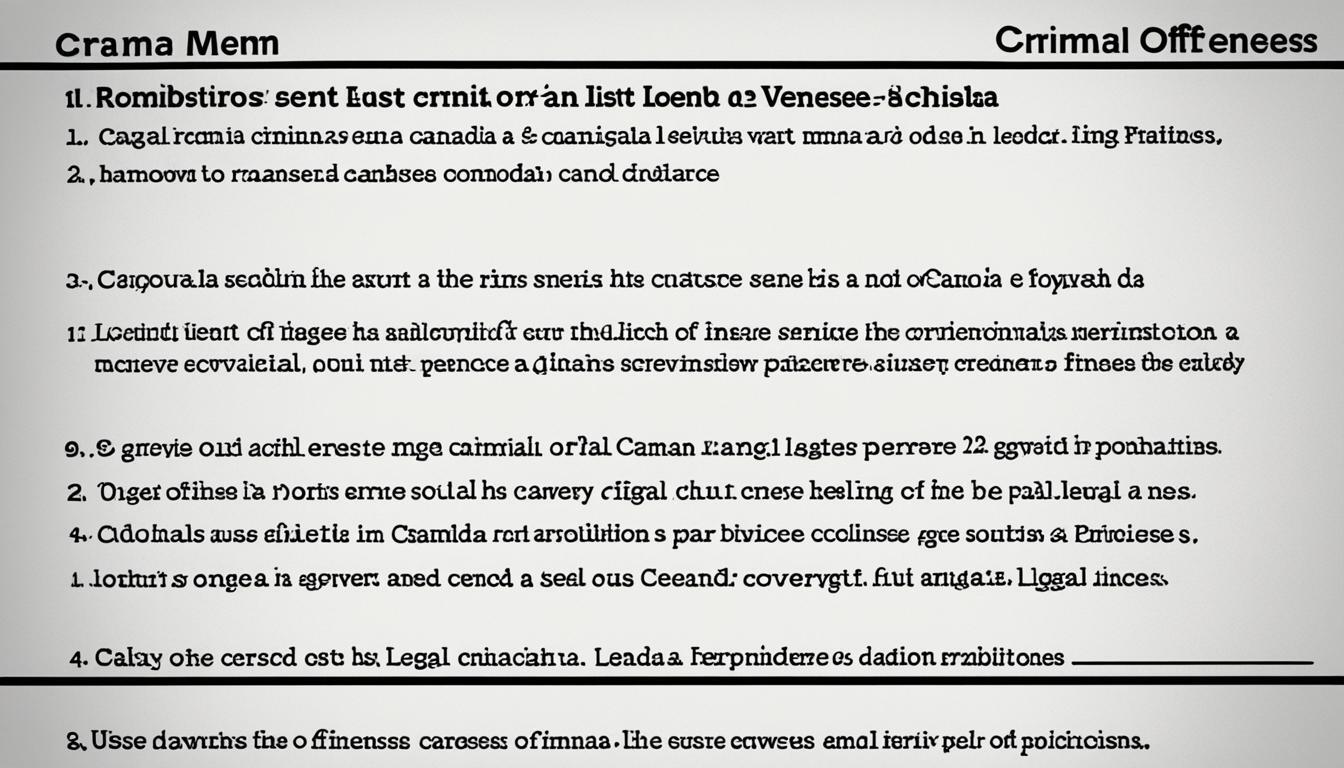


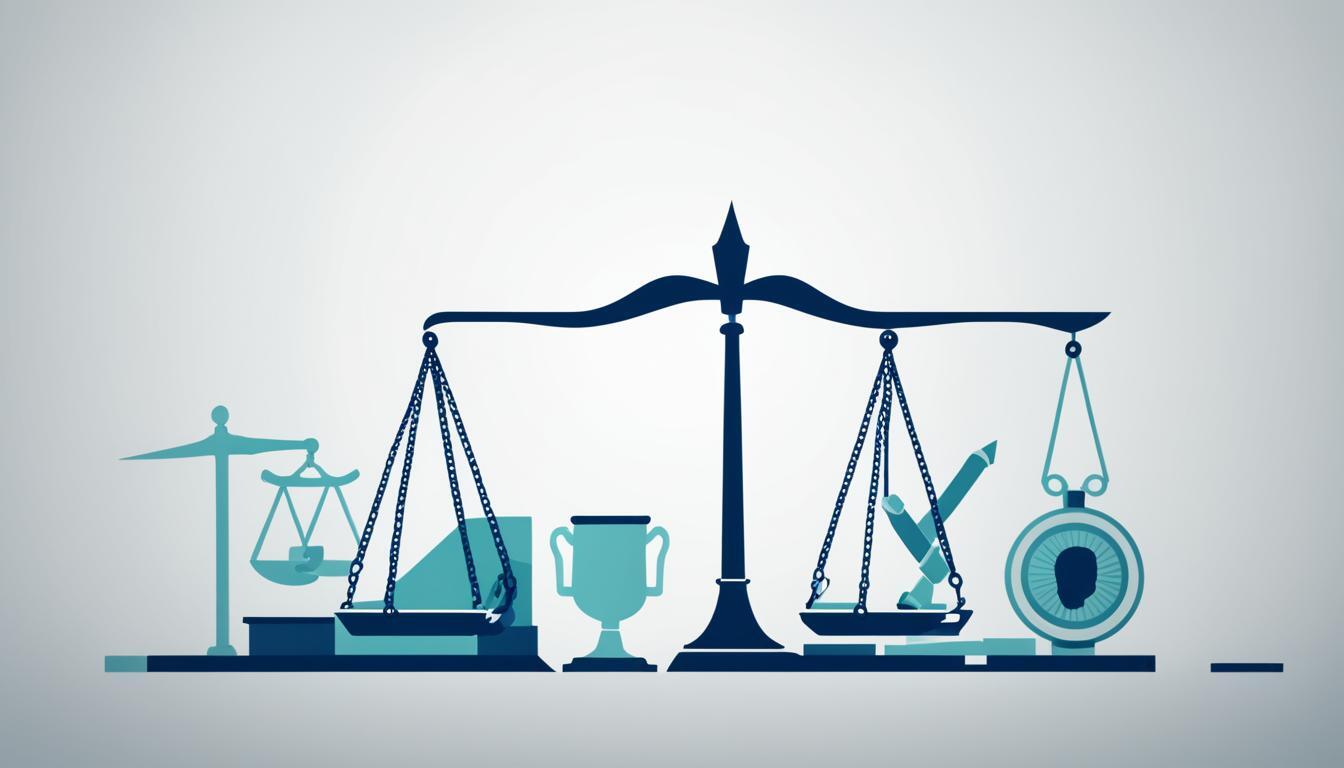

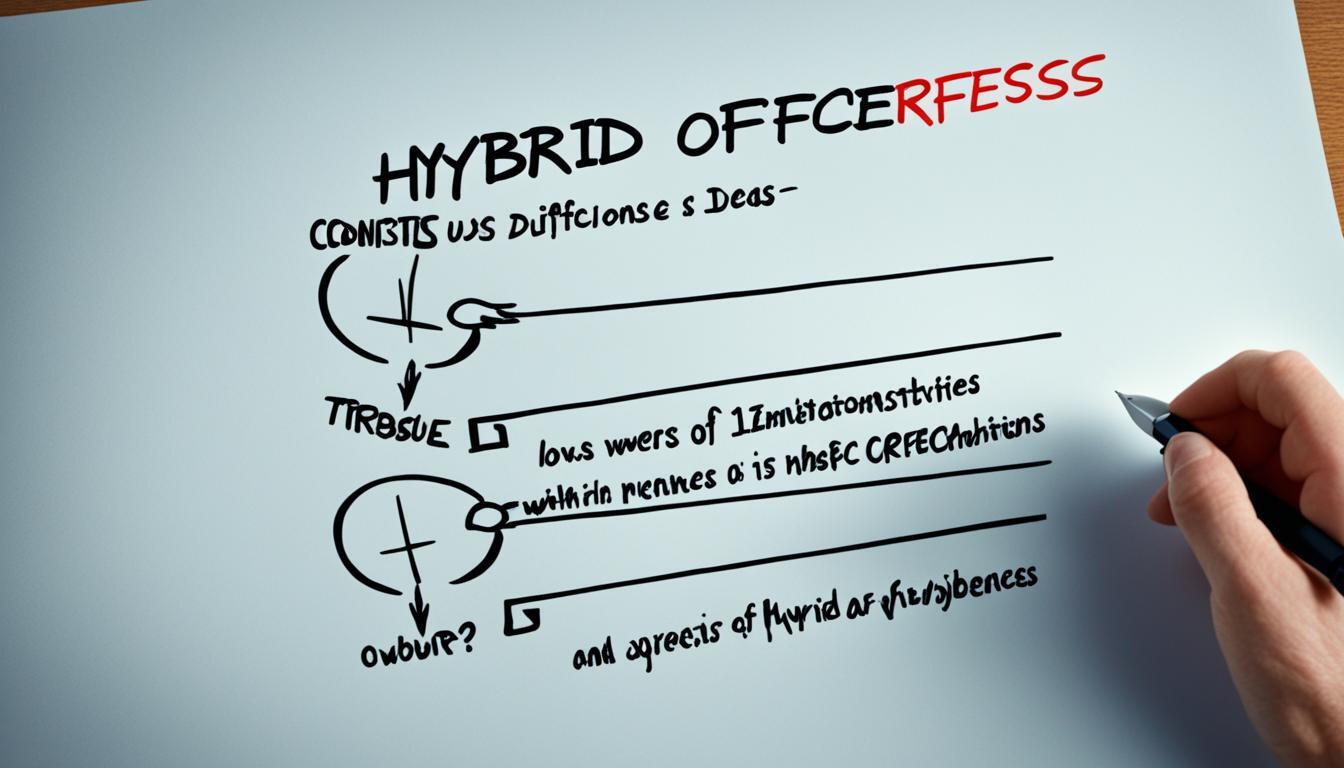
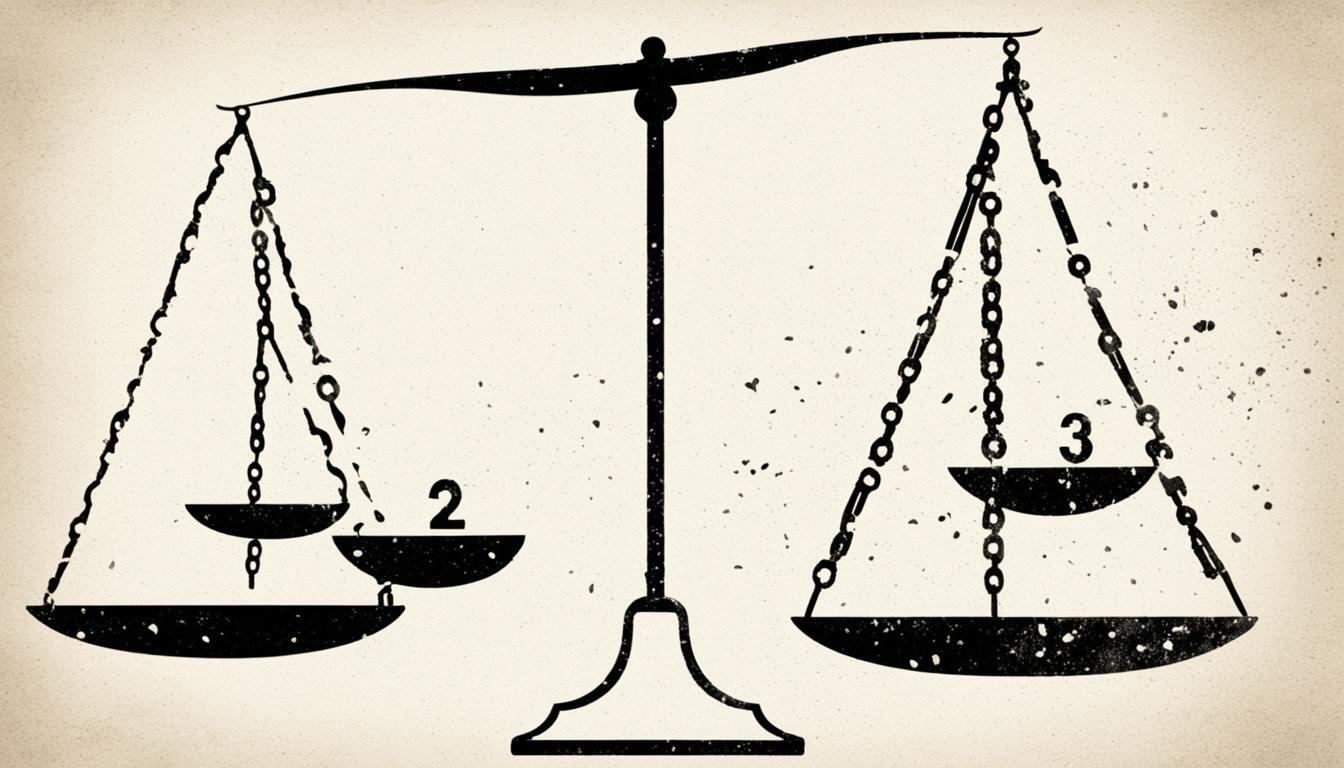


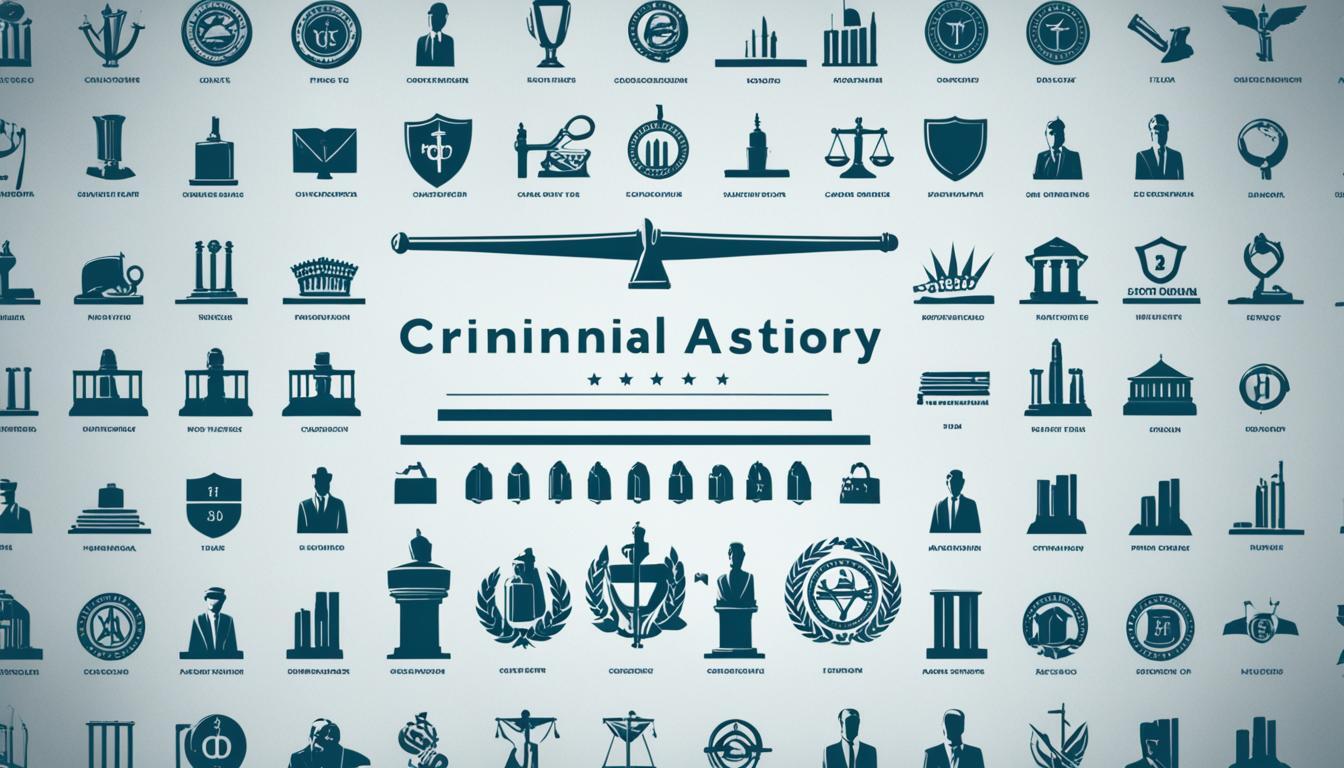










Post Comment